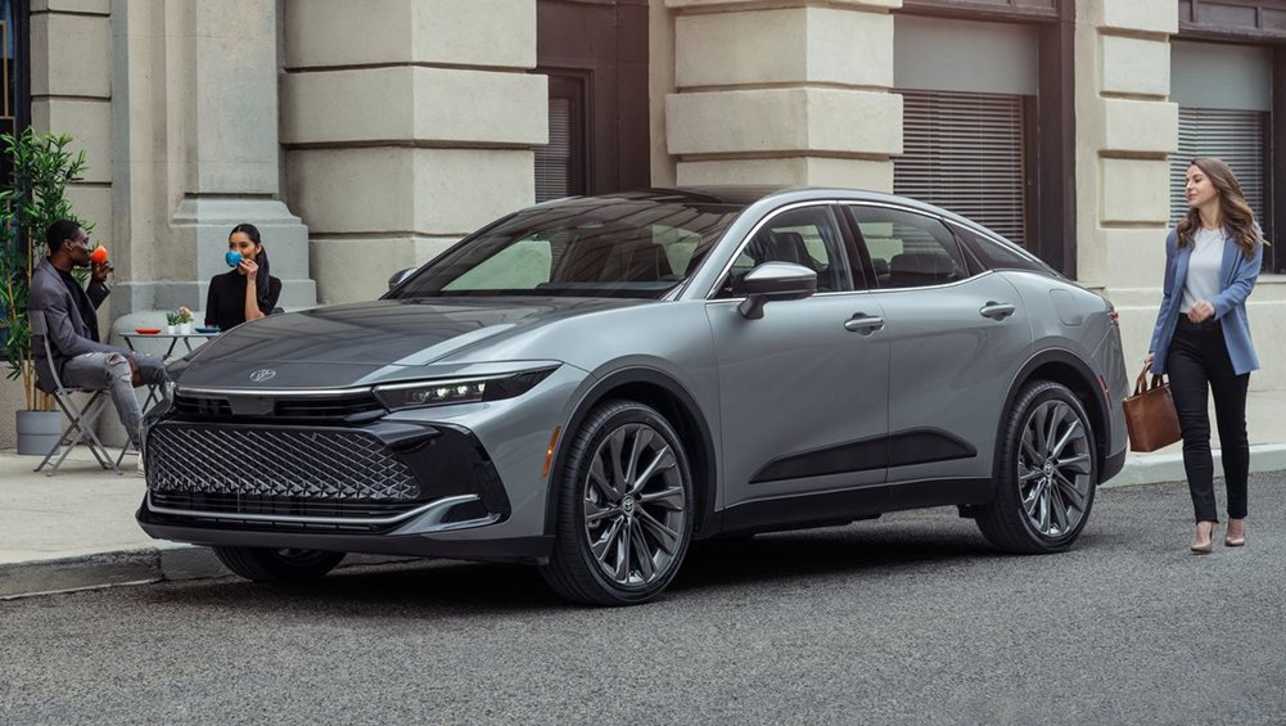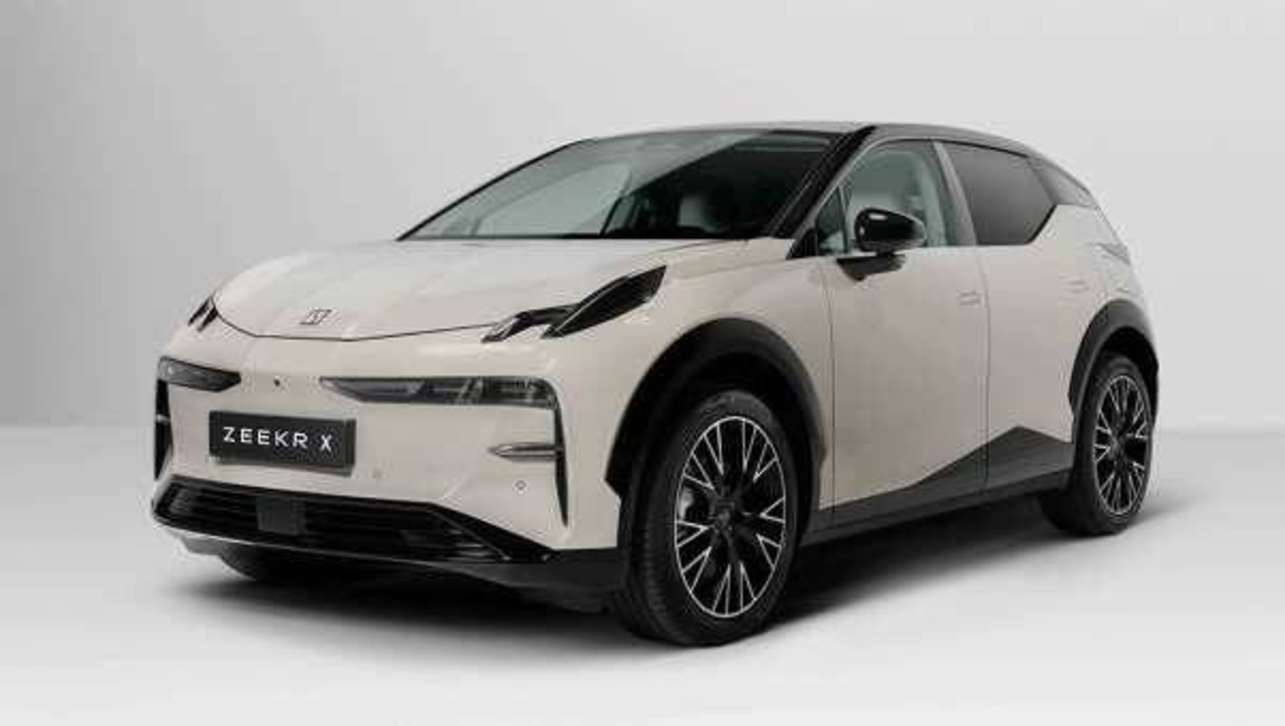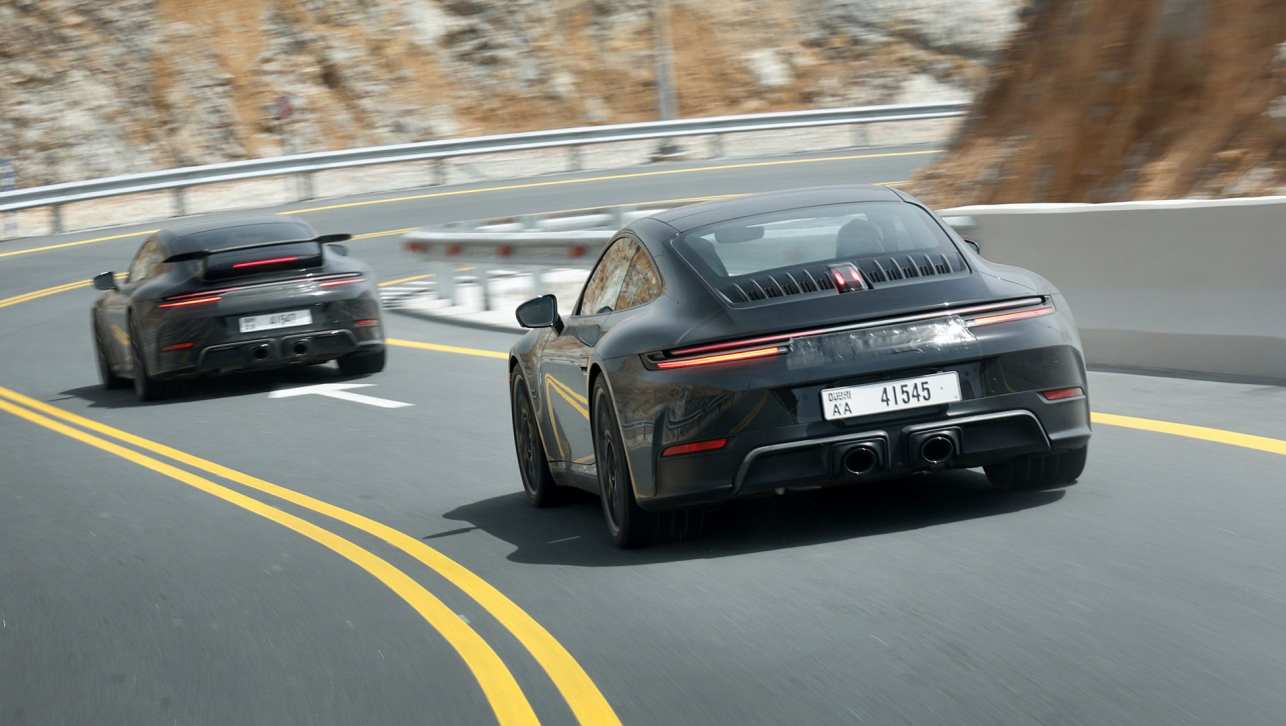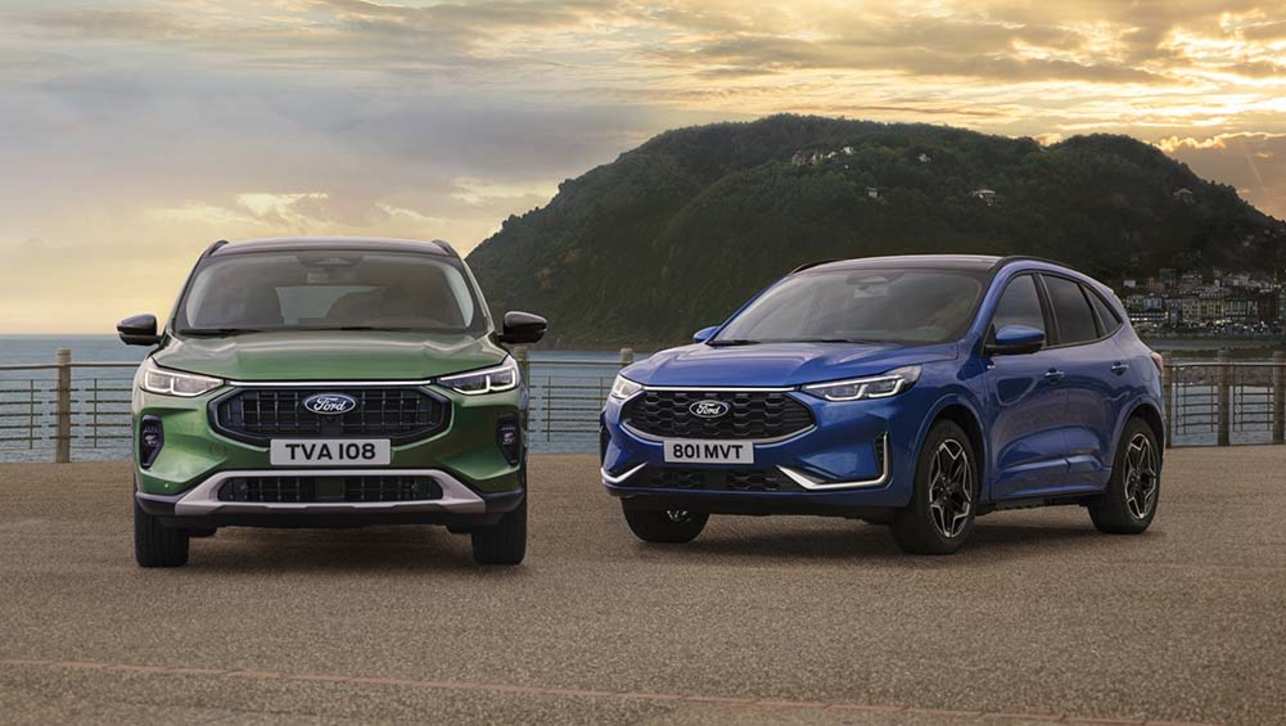Australian roads used to be full of them.
Long-gone favourites like the Holden Gemini, Ford Telstar, Mitsubishi Magna and Daihatsu Charade are now just that – memories of a bygone era. May they rust in peace.
But not every car was discontinued abroad when they reached the end of the road in Australia. Many kept on selling overseas, and some even still live on today, having evolved as required to keep up with ever-changing consumer demands (and the Grim Reaper at bay).
Sure, their styling has changed completely and they’ve been rebranded with cooler names to help keep buyers interested, but they all have one thing in common: a direct link to predecessors that were once part of Australia’s automotive landscape.
Like some celebrity or outlaw who faked their demise or disappeared into a witness protection program, we expose their lives today. Same lineage. Different design and name. You’re bound to be surprised.
2000-2006 Toyota Avalon then, 2023 Crown Crossover now

Toyota has recently unveiled four completely different looking vehicles under the Crown name for global consumption which, unfortunately, does not include Australia.
While there’s a striking fastback sedan, wagon and SUV, it’s the oddball crossover-style all-wheel-drive sedan version created expressly for the North American market that we’re focusing on, since it directly replaces the Avalon over there.
Now, over 15 generations since 1955, the Crown has been a flagship Toyota sedan, its innate conservatism underlined by traditional three-box styling and rear-wheel-drive engineering. Australians had a taste from 1963 to 1987.

However, the Crown crossover sedan is different, as it adopts a variation of the Toyota New Global Architecture ‘K’ (TNGA-K), as found in the transverse-engined/front-drive-based Camry, Kluger and scores of other models worldwide.
That also includes the 2018-2022 Avalon, the final of five generations of Camry-derived Avalons built in and for America. The 1994 original was later made and sold in Australia from 2000 to 2006 after the US plant moved on to the second-gen Avalon in 1999. Unsurprisingly, a sloppy-seconds sedan from the States failed to entice us away from the hot VT/VX Commodore or AU/BA Falcon, though.
So… the new, 2023 Crown crossover sedan for America directly continues the Avalon line and positioning as a jumped-up Camry, albeit in a swish, high-riding body and wearing a noble old badge – one not seen in the US in half a century.
As a footnote, American left-hand-drive (LHD)-only production precluded the Avalon from being sold in Australia beyond the first series, but as the Crown crossover sedan will be made in Japan, there’s one fewer hurdle to stop an Avalon revival Down Under… but sorry taxi operators, this is highly unlikely to happen.
1986-2019 Hyundai Excel/Accent then, 2017 Accent now

Hyundai debuted in Australia with the pretty, Giugiaro-penned X1 Excel in 1986, but it was the on-point X3 Excel of 1994 that caught Australian light-car buyers’ imagination, often cracking a top-three sales position. They were literally everywhere.
Though highly publicised quality glitches and endless discounting prompted the Australian importer to switch to the X3’s global ‘Accent’ name for the redesign in 2000 (LC series), two more generations followed, in 2006 (MC) and 2011 (RB). The latter proved successful later in life, trading on low prices and larger-car packaging.

However, the 2017 HC Accent was created primarily for the Americas, China and Eastern Europe, prompting Hyundai to make it LHD-only, precluding Australia. Instead, the South Korean plant that supplied our market switched to the Venue light SUV, and by 2019 stocks of the old RB Accent dried up.
Fun fact: Accent is reportedly an acronym, for ‘Advanced Compact Car of Epoch-making New Technology’.
2006-2018 Holden Captiva, 2020 Chevrolet Blazer now

The Captiva now represents something of a pariah for Holden loyalists and with good reason, due to poor reliability and iffy quality that tarnished the brand’s reputation, perhaps even irreparably.
However, affordable pricing and family-friendly packaging did help propel the South Korean medium-to-large SUV to consistent sales success during much of its considerable lifespan, so there’s no arguing that it also helped keep Holden afloat during hugely turbulent times.
As it turns out, the Captiva – which was offered as both a short-body five-seater and long-body 5/7-seater wagon – was set to be replaced by a trio of Chevrolet and GMC-based SUVs.

Holden released the Equinox and Acadia in 2017 and 2018 respectively, but the Blazer that was slated to sit in between as the main event never eventuated, since GM pulled the plug on Holden in early 2020.
The Blazer now represents Holden’s lost opportunity, being everything its Captiva predecessor was not: Camaro muscle-car-inspired styling, a dynamic chassis and just-right sizing. Of all the what-might-have-been Holdens, this is surely one of the most heartbreaking for not having been given a chance to fly.
In 2024, the Blazer will morph into an all-new EV. Would it have been Holden’s first full electric car?
2004-2016 Ford Territory then, 2020 Explorer now

The Territory is now steeped in Australian motoring folklore, championed by a visionary leader (the late Geoff Polites), funded extensively through the sale of large swathes of land around Ford Australia’s Melbourne headquarters, lauded as one of the world’s best SUVs at the time, prolonging local production and ending up as Australia’s only-ever truly indigenous SUV.
With such accolades, it’s no surprise that the Australian team was reportedly later developing an all-new large-car architecture for the 2010s that was going to replace the Falcon, Mustang and a host of other Ford and Lincolns globally.
But the project was pulled and the design and engineering of the T6 truck platform was taken on instead, leading on to the wildly successful Ranger.

However, eventually, that large-vehicle architecture surfaced underneath what might have been the Territory’s direct replacement, the sixth-generation (U625) Explorer of 2020. Along with broadly similar proportions and packaging, the big SUV features rear-wheel as well as all-wheel drive configurations, mirroring its legendary Aussie cousin of two decades prior.
Ironically, the thing that helped prove fatal to Territory all those years ago keeps the Explorer from being sold in Australia: Ford did not develop it for the steering wheel to be offered on either side of the vehicle. Or, in other words, it's LHD-only.
Needless to say, from Byron to Broome, SUV-mad buyers would be queueing up for the American Territory by any other name. Pity.
1996-2004 Daihatsu Terios then, 2020 Rocky now

Released locally at the dawn of the SUV craze in 1997, the original, J100 Daihatsu Terios was civilised enough for urban buyers with its monocoque construction and car-like interior, yet provided some off-road capability, with high ground clearance, live rear axle, 4WD and a lockable centre diff.
It also foresaw the rise of the light SUV, but the series’ potential was cut short in Australia when controlling shareholder Toyota pulled the pin on Daihatsu in 2005.

Sadly, we thus missed out on the chunky J200 Terios of 2006, which improved the design and proportions, looking more like a scaled-down RAV4 of the time. That ran until 2018, and was replaced by 2020 in many overseas markets by the A200 Rocky.
We’ve said this before here, but the latest Rocky and its Toyota Raize twin are exactly what Australian new-car buyers need right now, with their compact, city-friendly dimensions and affordable pricing.
The Rocky name, by the name, was used by the original Terios’ predecessor of the 1980s, but that was a properly tough ladder-frame-chassis 4x4 rival to the Suzuki Sierra.




.jpg)












.jpg)




.jpg)

.jpg)
Comments